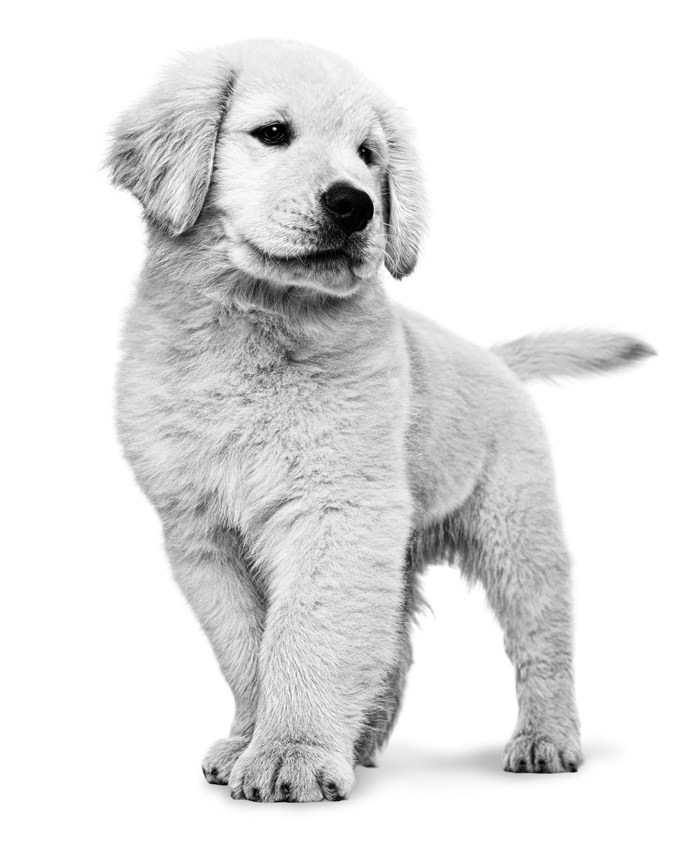Your puppy needs regular exercise to stay fit, healthy and active – once your puppy has had all of its vaccinations, you can take it out for its very first walk. These useful tips will help you prepare for this important and exciting milestone!
Walk Length
Because your puppy is still young, its natural defences and energy levels are still developing and its body is still growing. This is why it’s important to ensure that you don’t over-exercise your puppy, as this could put too much pressure on their underdeveloped joints.
Keep your puppy’s first walk quite short, a good guideline to follow is a ratio of 5 minutes of exercise per month of age – this is particularly important for large breeds. So, if your puppy is around 3 months old then that will equate to a first walk lasting approximately 15 minutes.
Collars & Leads
It’s important for your puppy to get used to wearing a collar from an early age. Even if they’re microchipped, it’s a legal requirement for dogs to wear a collar and tag with their owner’s name and address (including postcode) on it when they’re in a public place.
Putting their collar on them around the house will help them get used to it more quickly, this goes for practicing at home with their lead too – so that when the time comes for their first walk, they’ll already be used to the feeling.
As a responsible dog owner, you should always use a lead when you take your puppy out for walks, this is especially important while they’re still young and have little behavioural training.
Once you’ve attached their lead ready for the first walk, play with them a bit to help them form positive associations with wearing it. Before you know it, your puppy will know when it’s time for their walk as soon as you even glance at their lead!
Exploration
On your puppy’s first walk, they’ll be seeing so many new things for the first time. With this in mind, don’t be in a rush to hurry your puppy along, let them explore their new surroundings at their own pace. Allow them to stop and sniff as they go; dogs take in a lot of information this way.
Behaviour & Training
Establishing and encouraging good behaviour is key; from their very first walk, your puppy will start to learn what kind of behaviour is acceptable and what isn’t.
When you give your puppy a command, try to use the same words consistently and remember to be patient with them, they’re still learning after all. It’s also important not to jumble up the commands you give your puppy; asking a puppy to stop jumping up by saying “get off and sit down” is confusing to them because it’s a combination of multiple commands – in this instance you would simply tell them “off”.
To find out more about training, read up on some of our other basic puppy training tips.
Other Dogs
Learning to interact with other dogs is important for your puppy’s social development. Letting your puppy be approached by another dog is ok as long as both dogs are on leads and you and the other owner are both willing.
Be Patient
As your puppy grows, their exercise needs will change – the Kennel Club website has a handy breed information list that offers advice on how much exercise specific breeds require.
The most important thing to remember is to be patient and consistent with your puppy – and be sure to praise them when they deserve it. For the times when your puppy doesn’t get it right, don’t punish them – just keep reinforcing the correct behaviour in the correct way.
Soon, your puppy be completely used to what’s required of them and you can both enjoy your daily walks together.